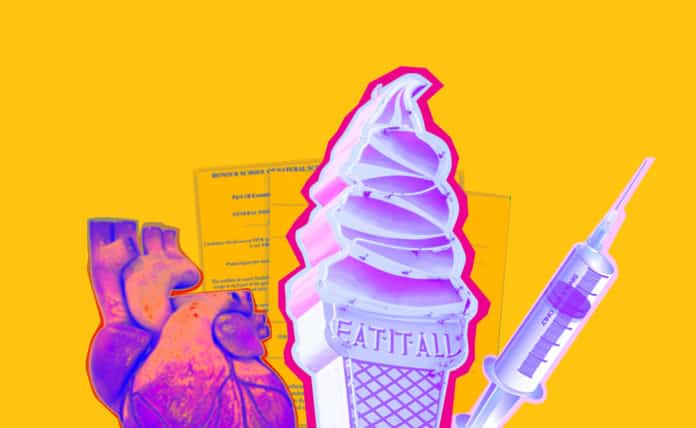
1. Ice Cream
Those in the business of selling and shipping ice cream face quite the logistical challenge: how to transport the popular icy dessert across a
In one case of spoiled ice cream, an Internet of Things (IoT) enabled asset tracker pinpointed the exact moment when the temperature changed and caused the ice cream to defrost; it was when the shipment was transferred from one vehicle to another at a depot. This type of information has the potential to save hundreds of thousands of British pounds, in addition to protecting a company’s reputation.
2. Vaccines & Medicines
The pharmaceutical sector ships time-critical and extremely sensitive assets. Take for example vaccines. Pharmaceutical companies must now ensure that a shipment of vaccines is closely monitored and secure in order to ensure its safe arrival at its destination, wherever that may be in the world. With advances in cellular technology, GPS and location-based technology, it is now possible to pinpoint the exact location of these vital assets, thereby enabling quick and decisive action should an issue occur.
IoT can also track environmental variables such as temperature, humidity, and exposure to light, which may damage medical cargo.
3. Organ Transplants
It is hard to think of a more precious and time-sensitive delivery to track than blood or organs scheduled for transplant. In addition to monitoring temperature and other environmental variables, tracking can enable vital minutes to be saved. It is possible for the delivery company to geofence a hospital, enabling an automatic alert to be sent as soon as an organ arrives, or even when it is close to arrival, helping to ensure hospital staff is on hand to collect the delivery. In this case, every second counts.
4. Exam Papers
The delivery of exam papers is not a particularly risky business, however, returning the completed answers from students is a different story! It is not uncommon for bags of completed examinations to go missing if not tracked. It may be the case that a courier has lost a package, or it has been left behind in a depot. This can cost an examination board thousands per delivery. Trackers can locate the assets and also, importantly, detect tampering by monitoring if the package has been exposed to light or has been opened.
5. Human Remains
Lastly, and perhaps most sobering, is the use of IoT to track the transportation of human remains. For example, companies that specialize in turning ashes into precious jewelry, IoT assists the accurate tracking of such sensitive cargo. This can help to ensure compliance with shipping regulation, which can vary according to each country.
Through a combination of sophisticated sensor technology and advances in cellular technology, the scope for accurate asset tracking via IoT has increased significantly, delivering organizations valuable savings in terms of speed, cost, service, and reputation.
Mohsen Mohseninia, VP of Market Development, Europe, Aeris and Richard Jennings, CEO and co-founder, TrackerSense.





 Related Podcast Episode
Related Podcast Episode




 Related Applications
Related Applications


 Latest IoT News
Latest IoT News







